Zeiss Milvus 50/1.4 vs Zeiss Otus 55/1.4 vs Zeiss Planar 50/1.4 – Comparative Lens Review
Field Test – Bokeh
One of the important features of the lens is the way it renders blurred areas. Character of that blur, usually refereed as bokeh is source of endless discussions and opinions. There are some qualitative aspects that are possible to identify in the blurred areas, but there is no aesthetic rule that will say that this bokeh is nicer than that one. Standard triplet lenses, such as old MOG Trioplan 100/2.8 are creating bubble bokeh that is all but smooth, however many choose this lens just because of that specific look. To understand what is bokeh and how you can define its look, I encourage you to check this brilliant article from Jakub Travnik – http://jtra.cz/stuff/essays/bokeh/#what_is_bokeh
Very often however, people are confusing quality of bokeh with amount of blur. Both of this aspects serves one purpose – subject isolation (or integration) from the background, but amount of blur doesn’t have much to do with the lens optical formula, it is related to depth of field.
Subject isolation that we mentioned above, depends not only on the amount of blur and quality of it, but also on a difference between sharp area and blurred area. In other words, smooth bokeh is not enough to create pop-up subject isolation if high micro-contrast and satisfying resolution aren’t present in the focus plane.
The following scene might give you idea about difference between area in focus and blurred areas, as well as look of transition areas and blurred areas themselves. While we made few crops here, it’s maybe better idea to look at associated Flickr album page for original size files – Scene 03a
Scene 03 Bokeh and CA at f/1.4 – Zones
Scene 03 Bokeh and CA at f/6.3
Apart of bokeh at a distance, you might notice that this is one of the rare situations where we were able to push Otus 55/1.4 to show some CA in one of the pillar crops. In comparison to other two lenses however it is still stellar performance.
When it comes to bokeh in this scene, differences are rather subtle, but considering great sharpness of Otus in the focus area, image has slightly better 3D appearance in my opinion.
Another image shows just blurred areas at two different focus planes
Scene 06 Bokeh at f/1.4
Differences in OOF rendering above are not significant, but we agreed in the office that smoothest images comes from Otus, with Milvus being almost indistinguishable, while Planar has less smooth but probably most interesting rendering. You can check original size files in this Flickr Album
Following image might give you idea about rendering of OOF areas in front and behind subject in focus.
Scene 07 Bokeh at f/1.4
Without circular highlights, differences might not be so explicit, but once again, we felt that Otus rendering was smoothest from the three with Milvus being almost there. Planar in this scene has rather nervous bokeh in comparison to other two lenses. Less sharp focused flower with small halo around edges rendered by Planar 85/1.4 ZF doesn’t help subject isolation either in this particular scene. You can check originals by clicking here.
Another two scene are using larger subjects at close distance. We compared only Otus with Milvus bellow, because we often couldn’t differentiate between the two without looking to EXIF files or side notes. They are indeed very close in most situations, and if there is soft light with lower contrast which doesn’t reveal purple fringing, it is hard to say which one rendered what. I still liked Otus better in the scenes bellow, but my friends from office told me that I am either biased or Hawk eyed!
Scene 08 Bokeh at f/1.4
You can check originals here.
How about night scene with city lights? It’s not perfectly even test for all three lenses, but it should give indication of the most significant differences…
The first shot is with lenses fully de-focused on the distant city lights. For some reason, Planar shots looks like being from some other place, but they were not, unless guy who sold me bottle of water in a local supermarket, didn’t replace it with vodka. Anyway, originals are here: Otus 55/1.4, Milvus 50/1.4 and Planar 50/1.4
Scene 09 Bokeh at f/1.4 – full de-focus – zones
Scene 09 Bokeh at f/1.4 – partial de-focus – zones
Mechanical vignetting, causing “cat eye” effect on the highlights toward edges of the frame is comparable between all three.
What conclusion can we make regarding bokeh?
I know about standard focal length lenses with more silky smooth bokeh than those three lenses render. Otus and Milvus both have “onion ring” effect visible in the highlights, while Planar has most pronounced sphero-chromatic aberration, causing overall appearance of the highlight a bit more nervous. On the other hand, Milvus and especially Otus are showing entirely different level of sharpness and micro-contrast at wide aperture in comparison with above mentioned “smoother” bokeh maker (Canon EF 50/1.2 L e.g.) It’s a trade of that each photographer should consider, based on his own liking and shooting preference.
We should also mention that Milvus and Otus showing rather bellow average coma at f/1.4. I expected this for Milvus but less so for Otus. Planar has most pronounced coma of the three. While this might be slightly disappointing, especially for Otus, it is not easy to find many standard FL lenses with perfectly corrected coma aberration.
In the next part of our review, we will show you few portrait applications, where you might find more indication, which lens renders OOF areas to your best liking.
>To help this page survive, your donation will be highly appreciated.
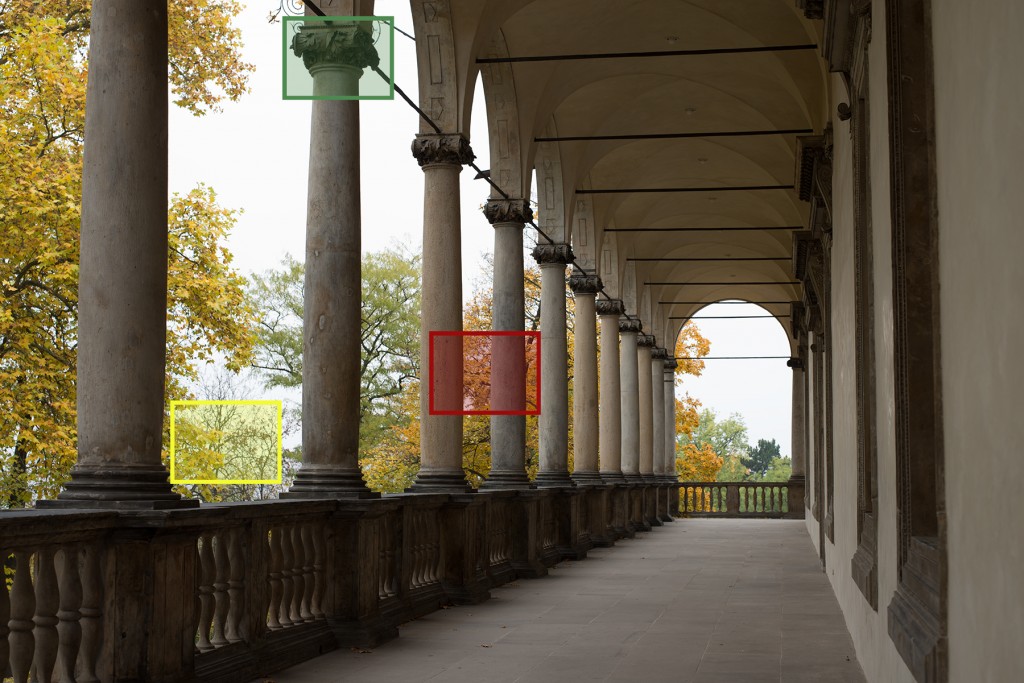
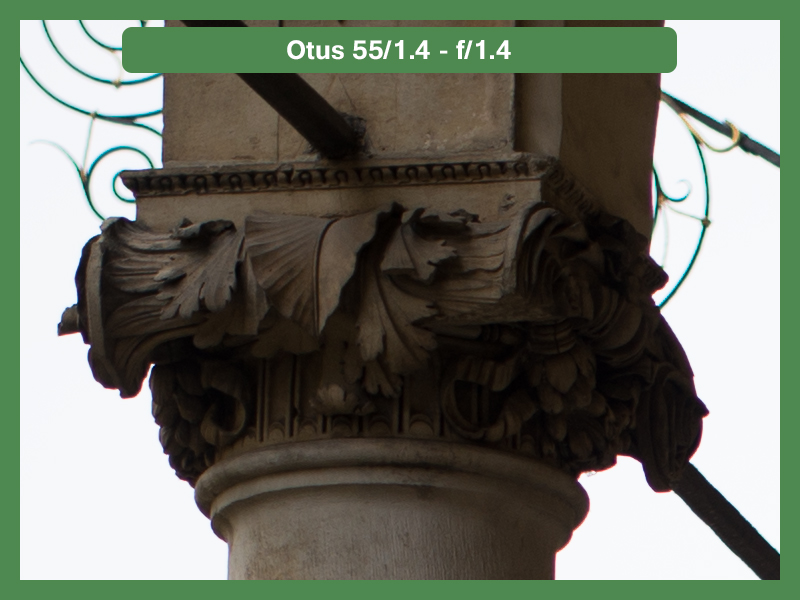
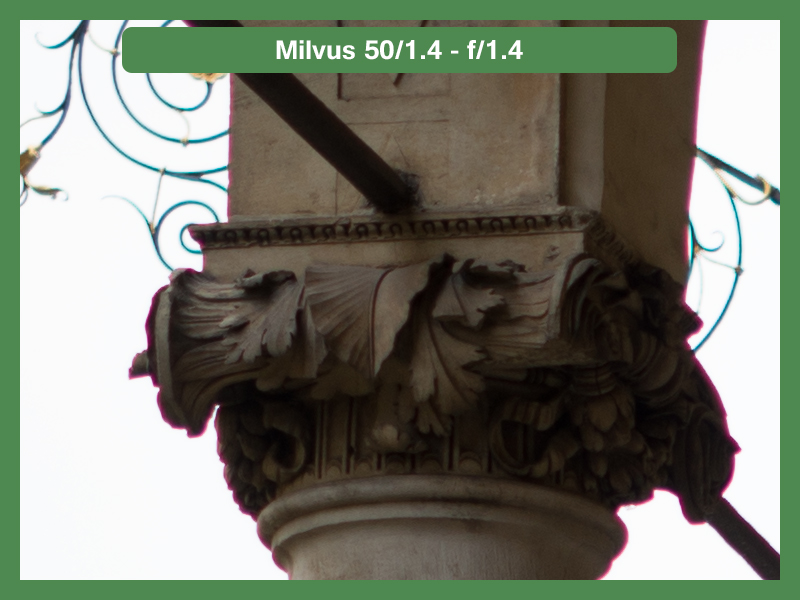
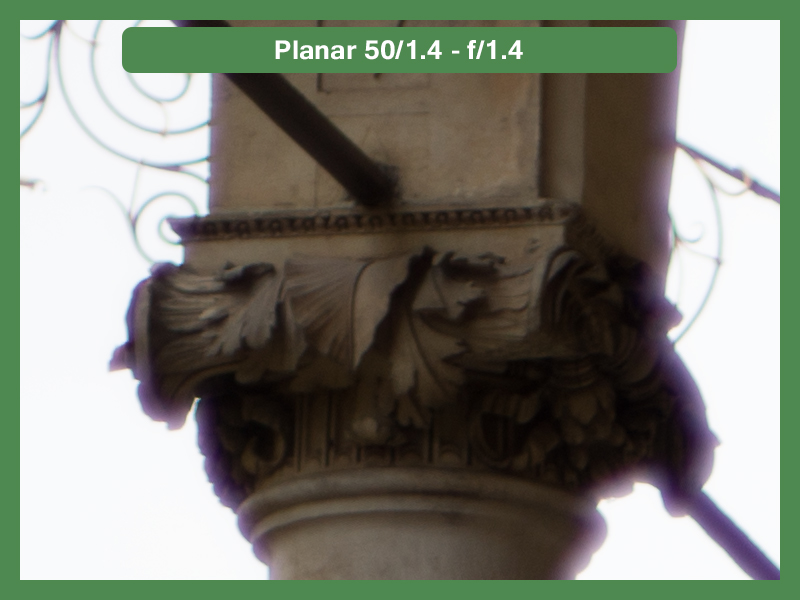
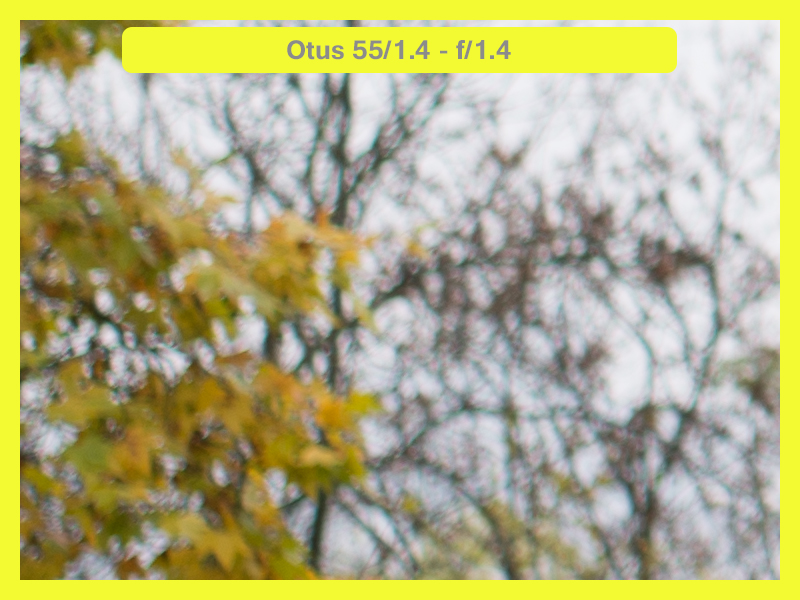
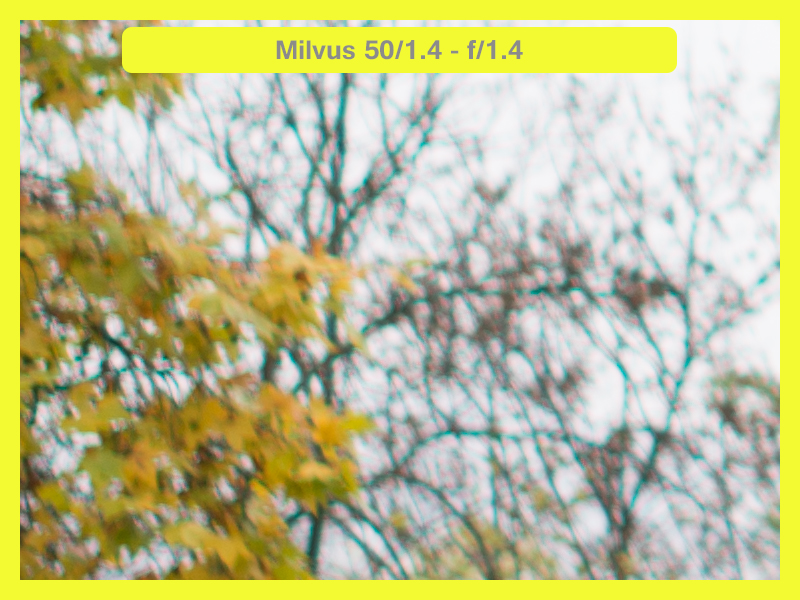
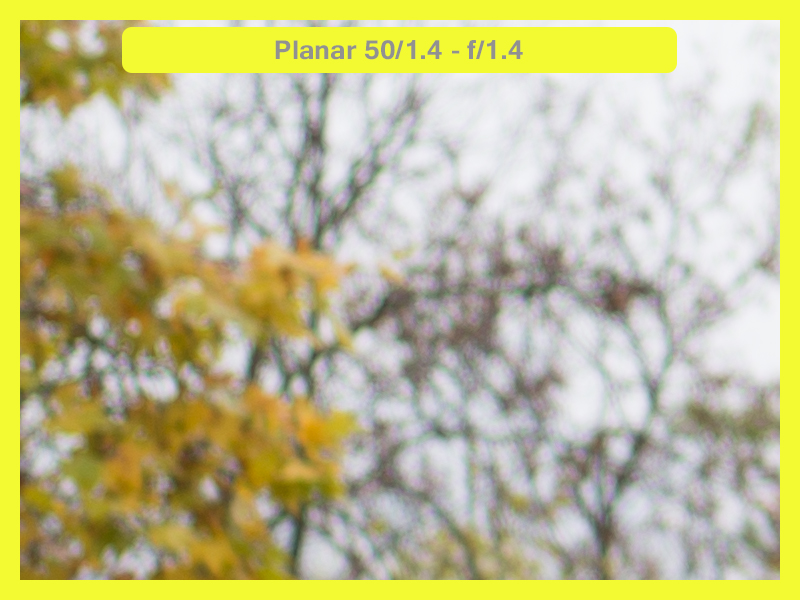
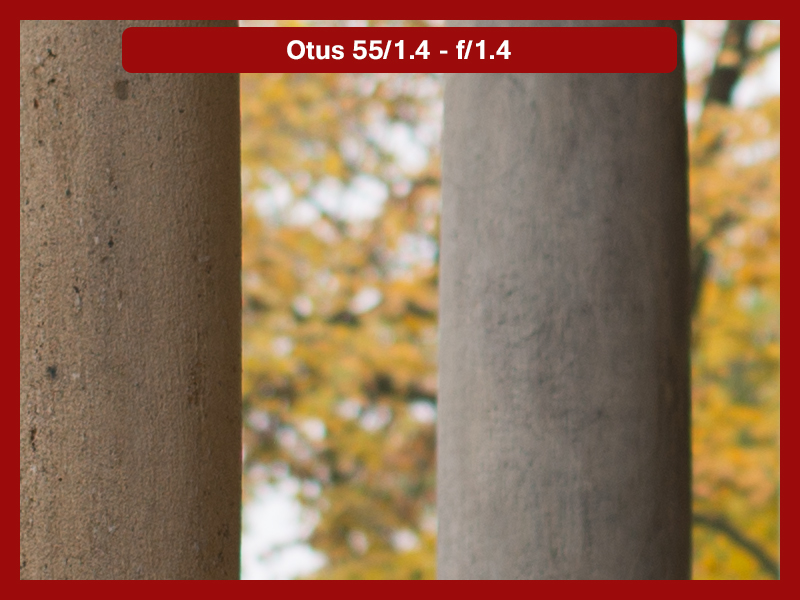
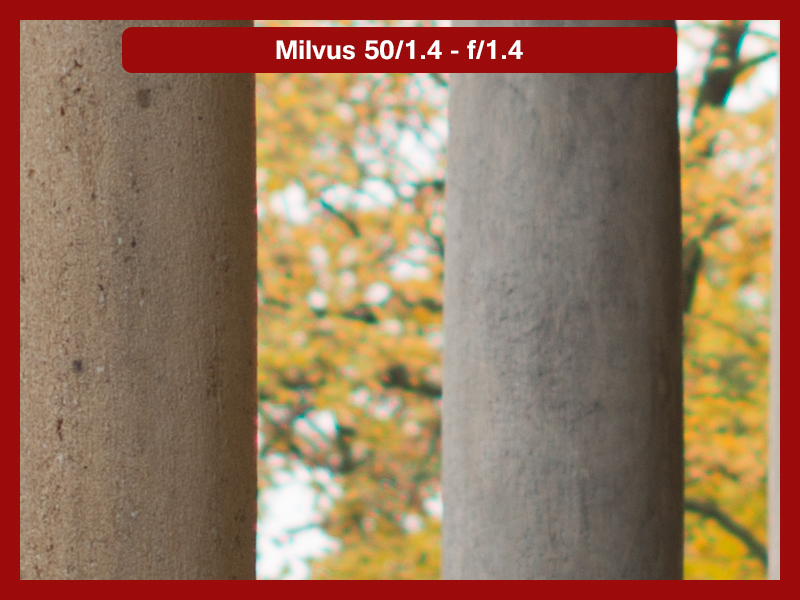
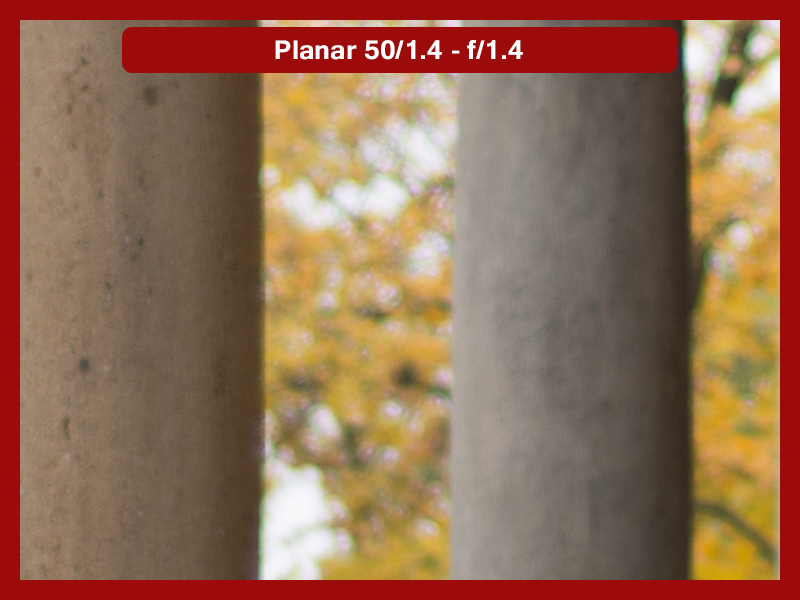
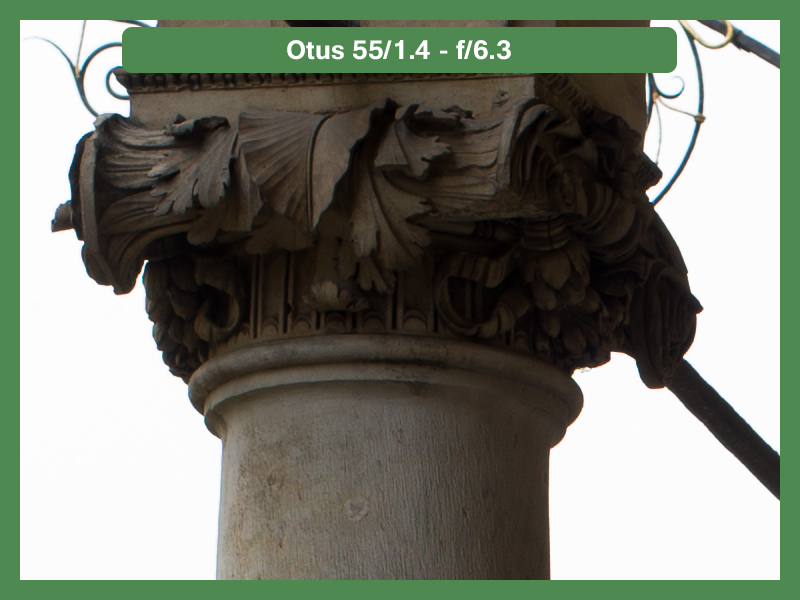
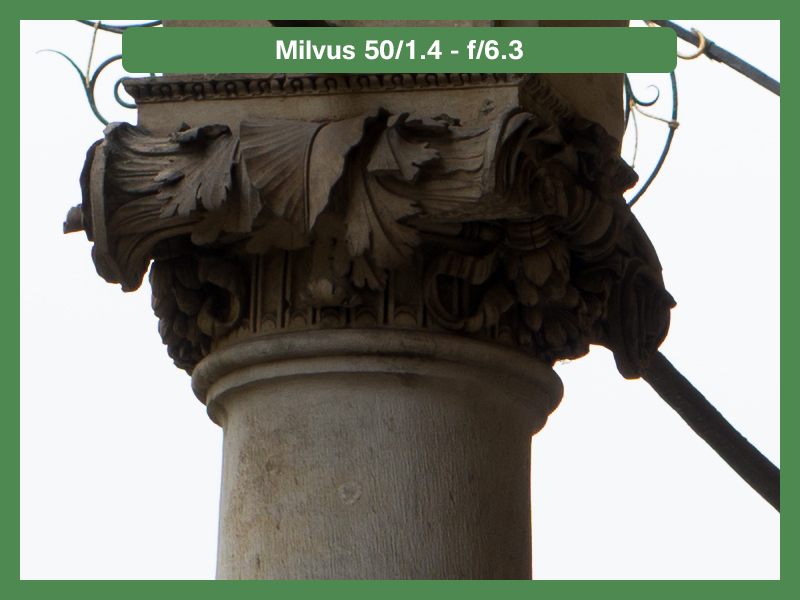
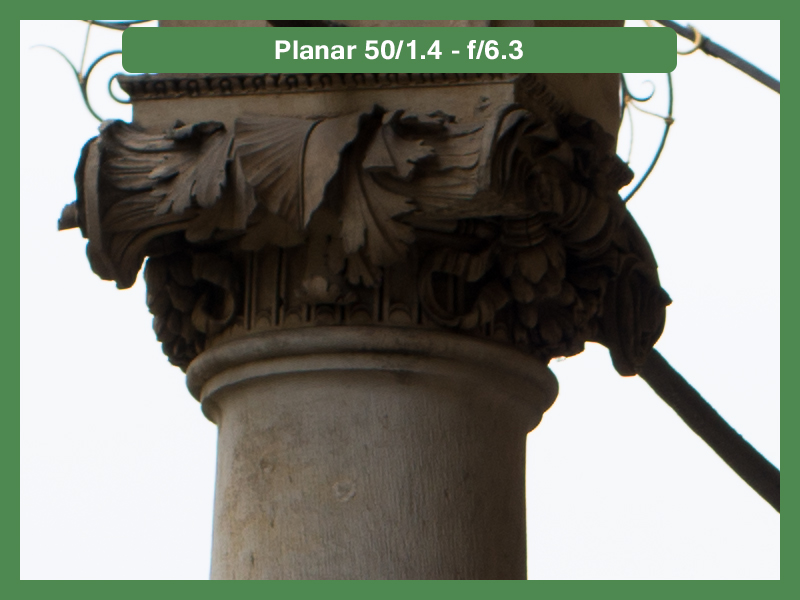
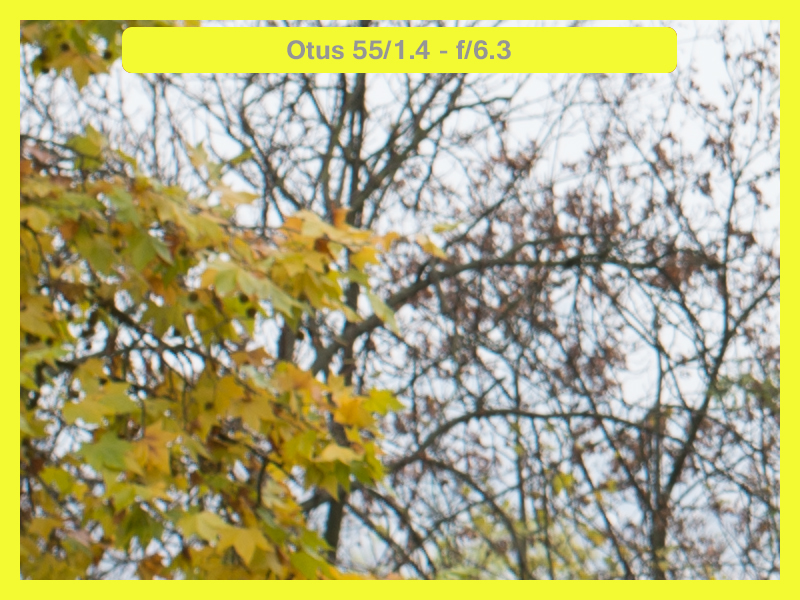
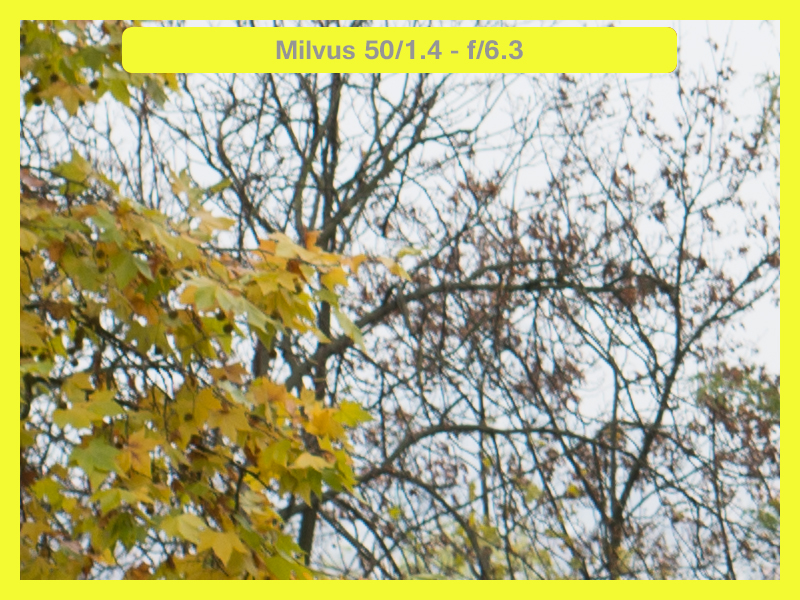
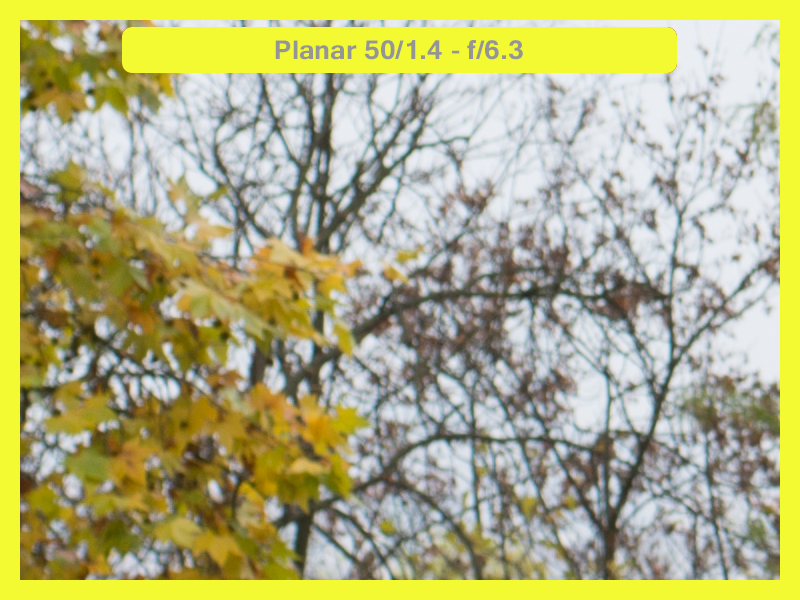
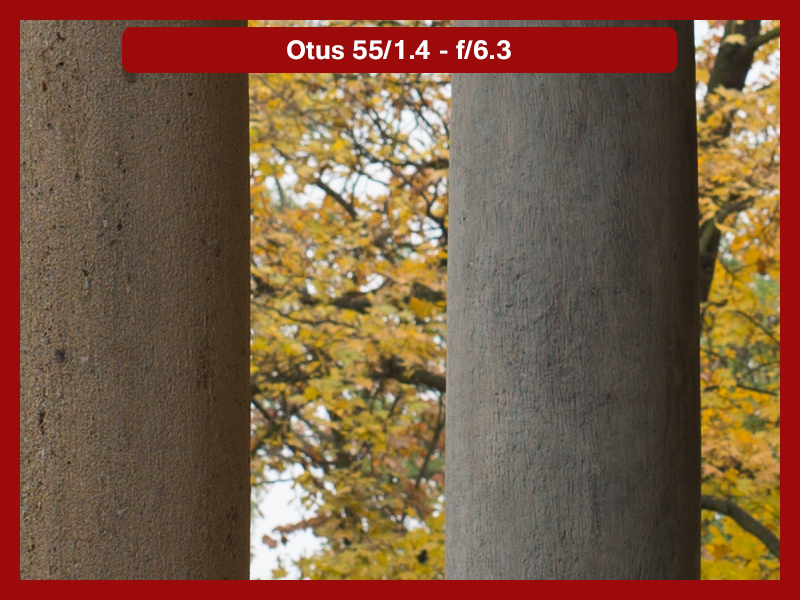
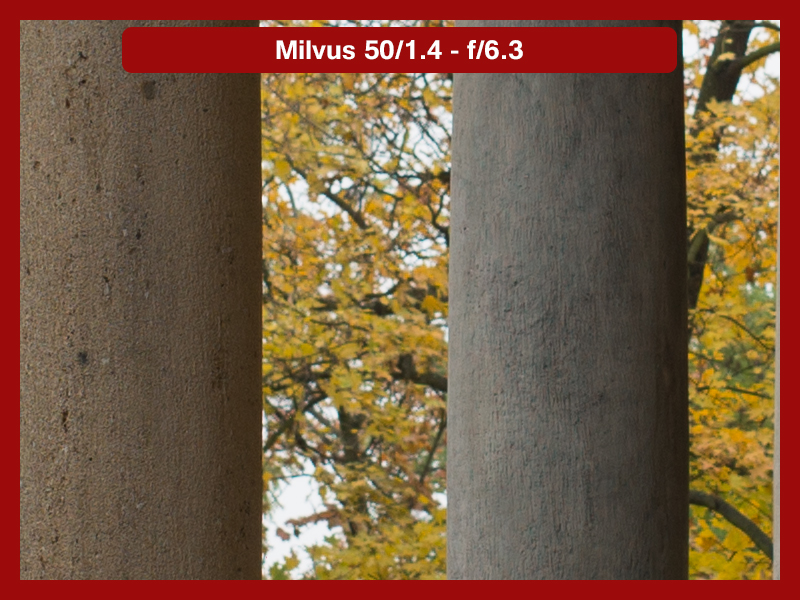
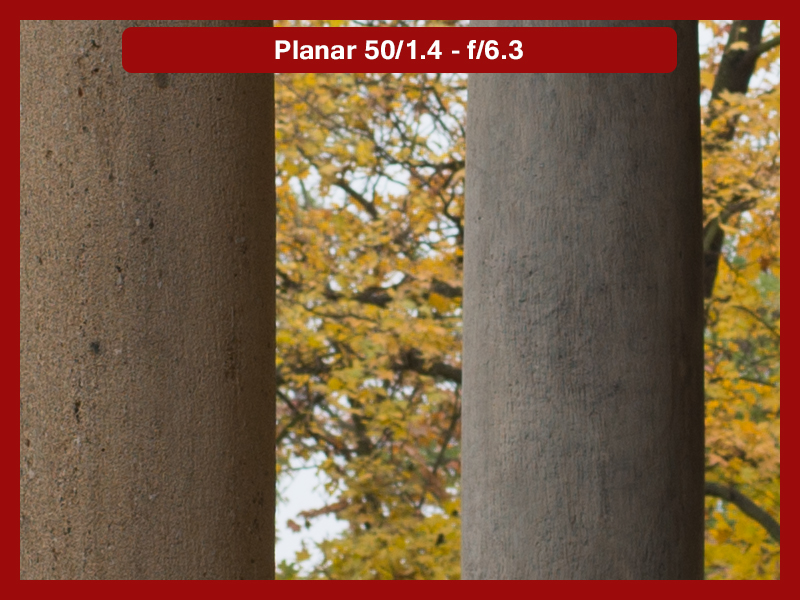
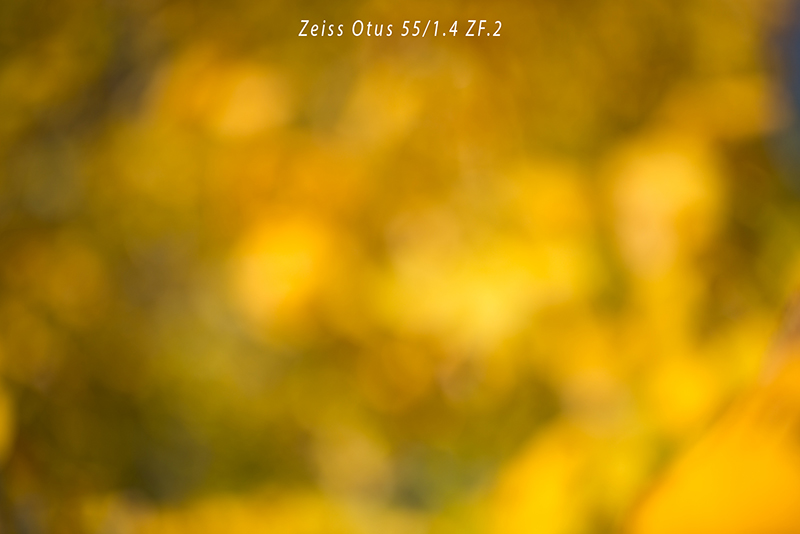
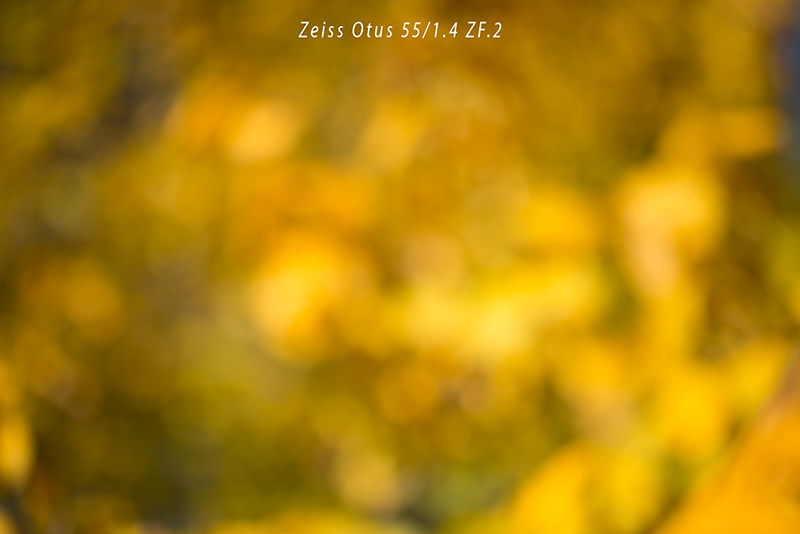
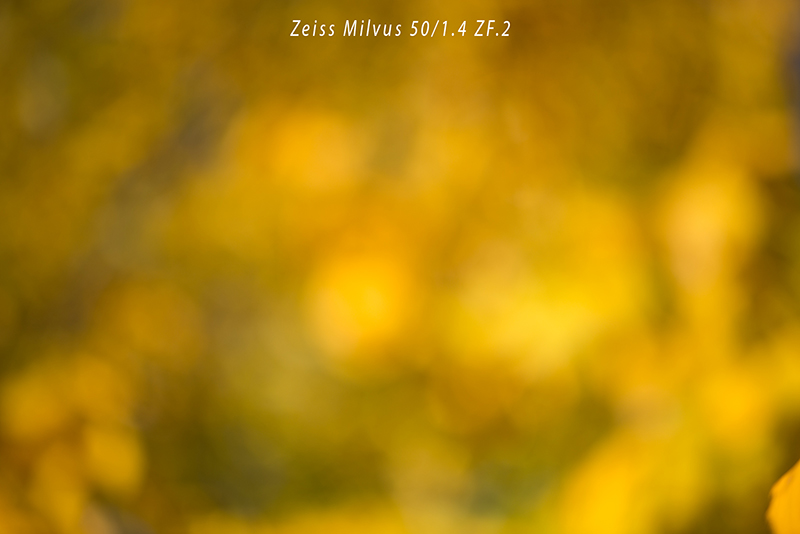
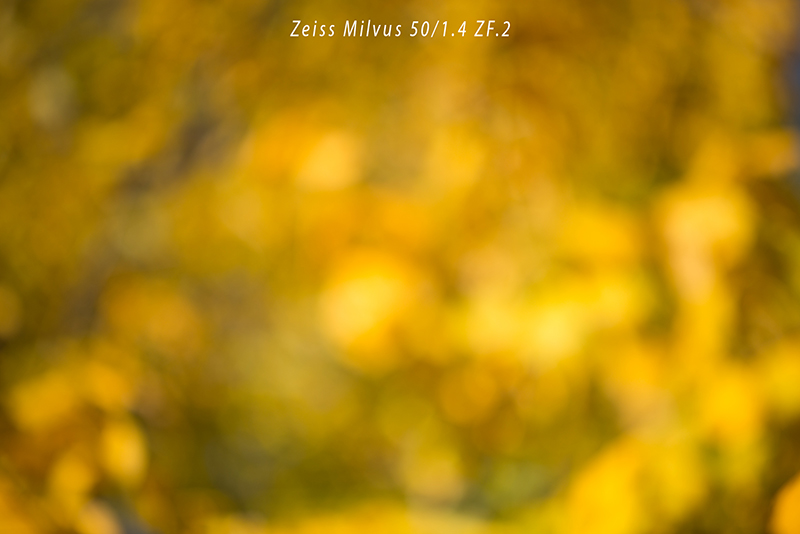
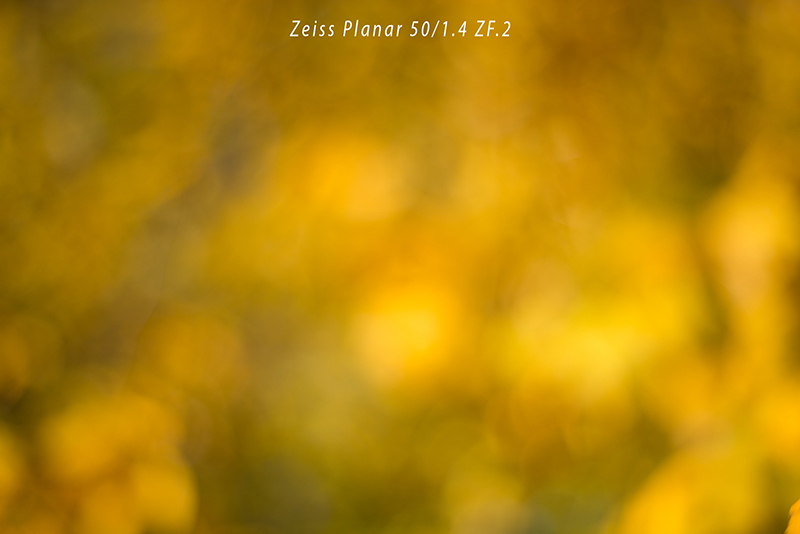
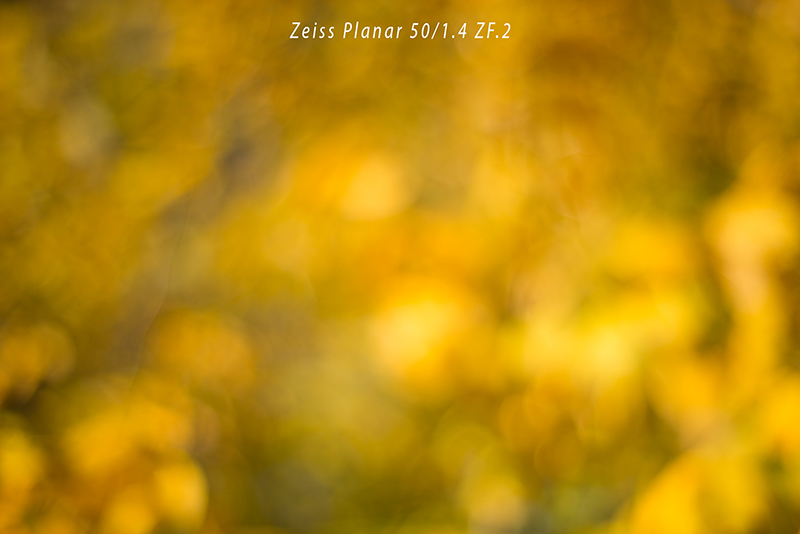
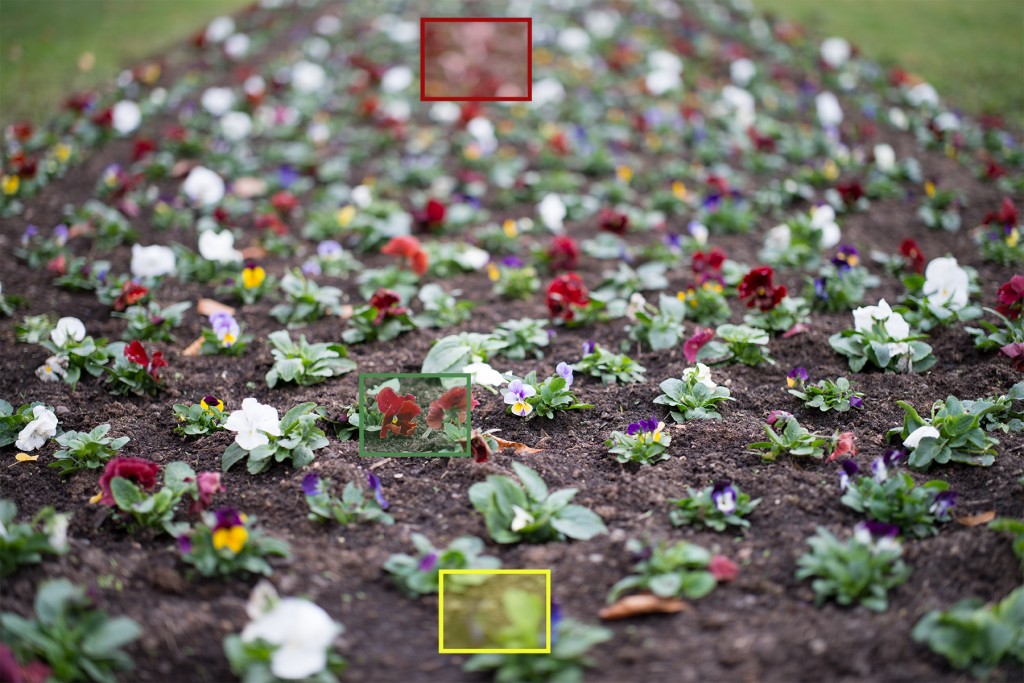
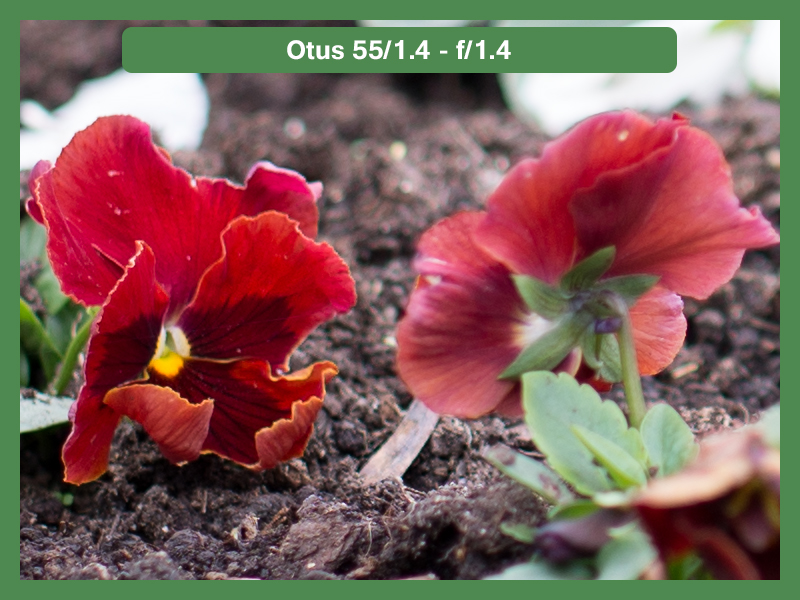
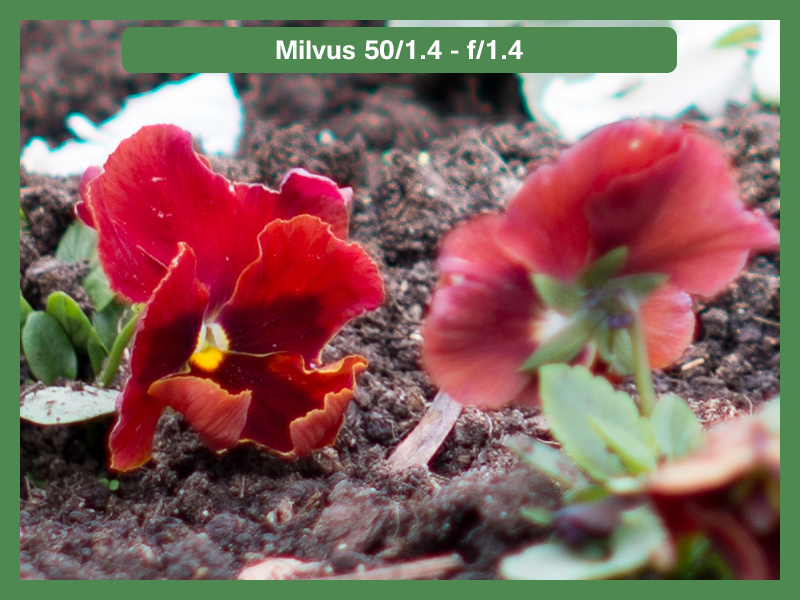
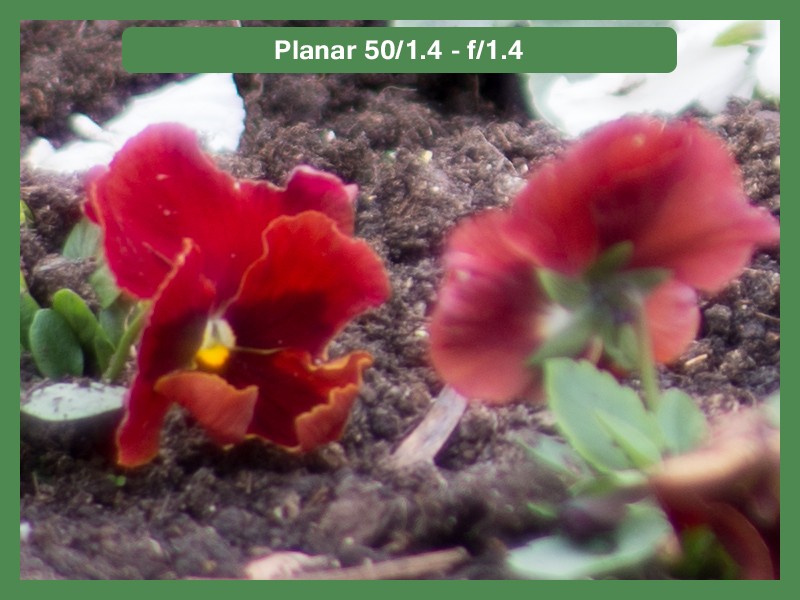
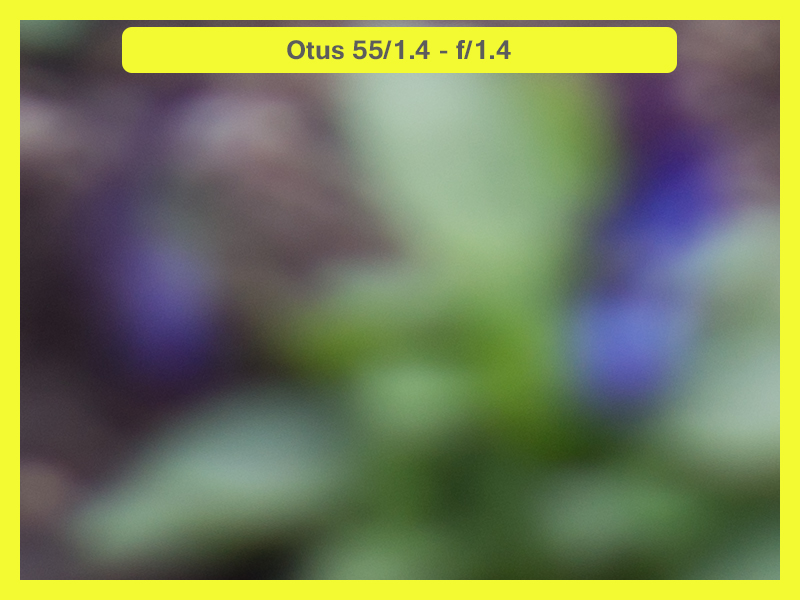
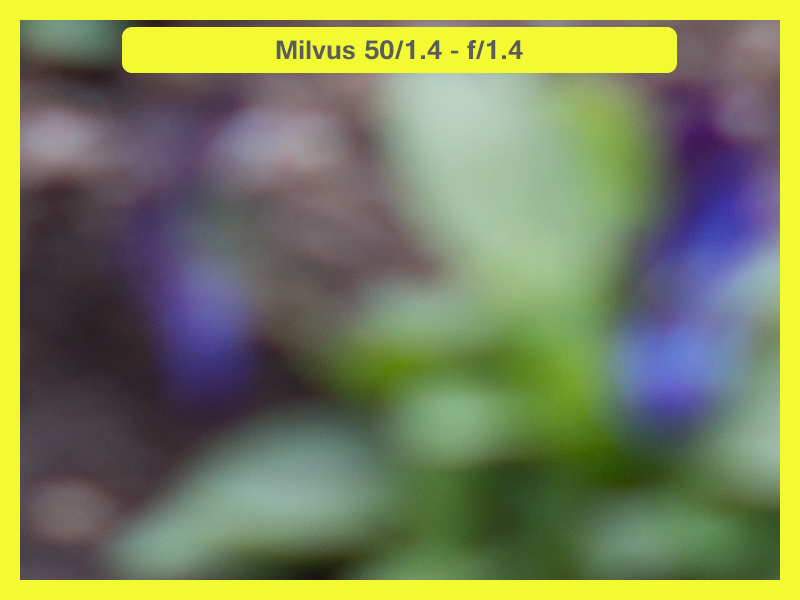
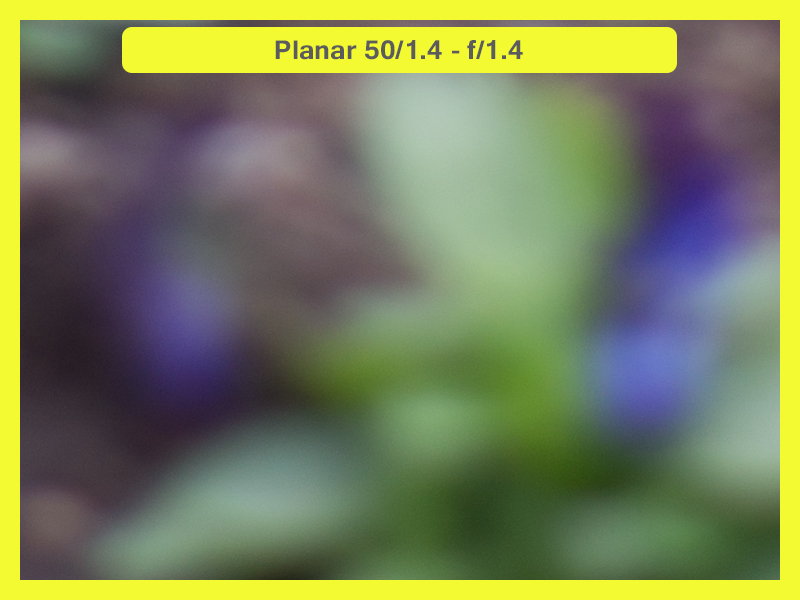
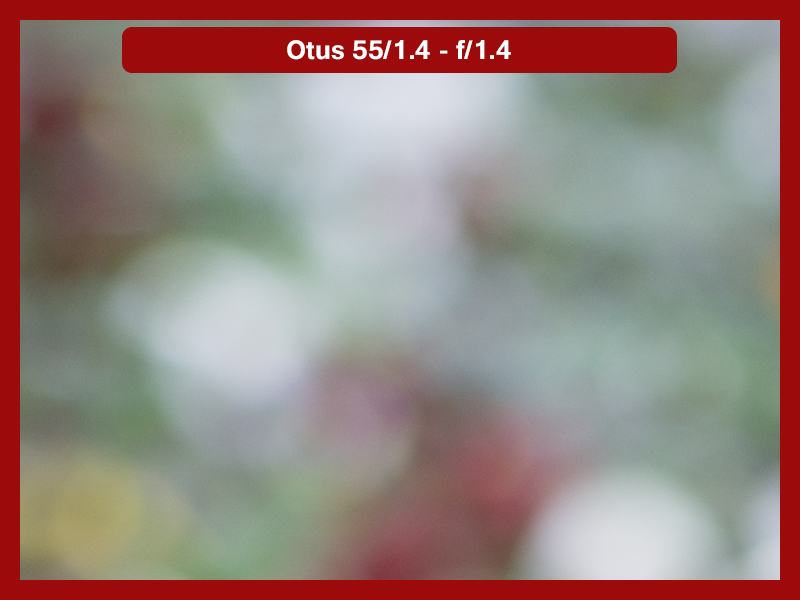
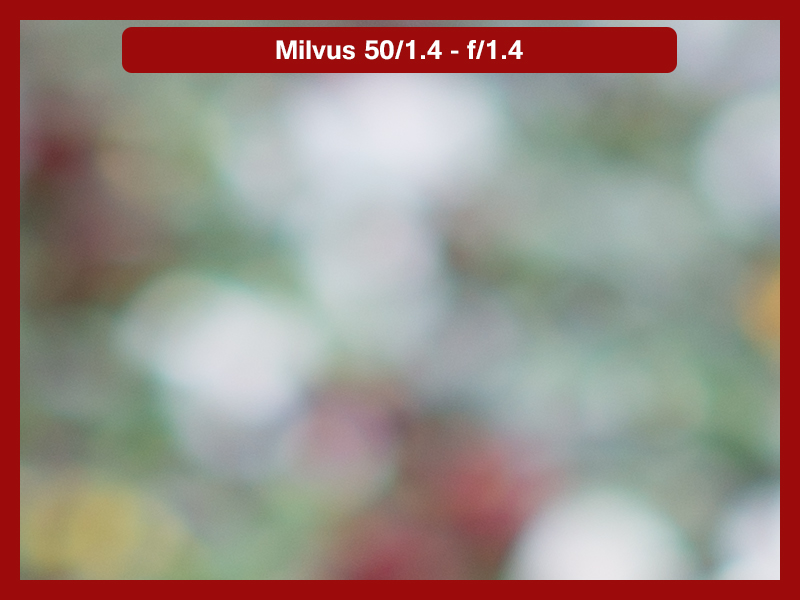
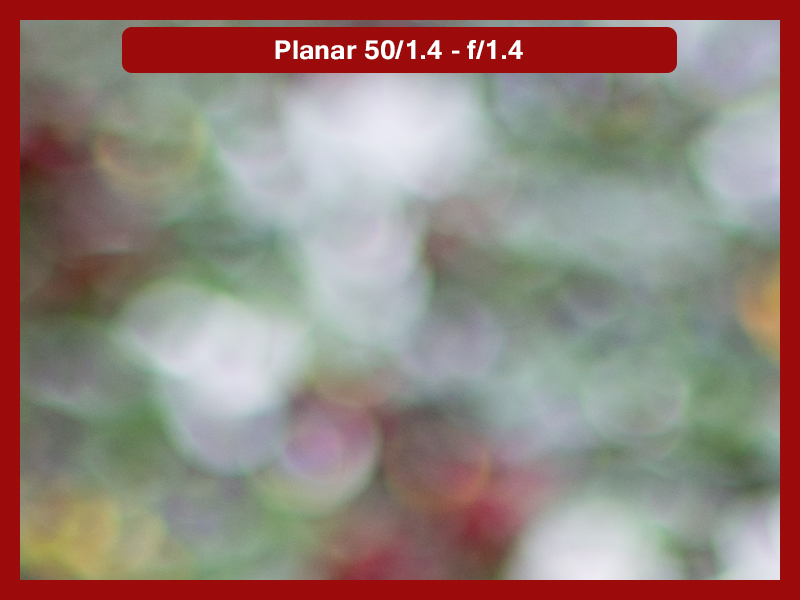



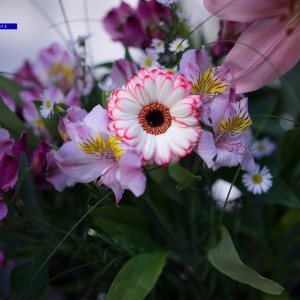


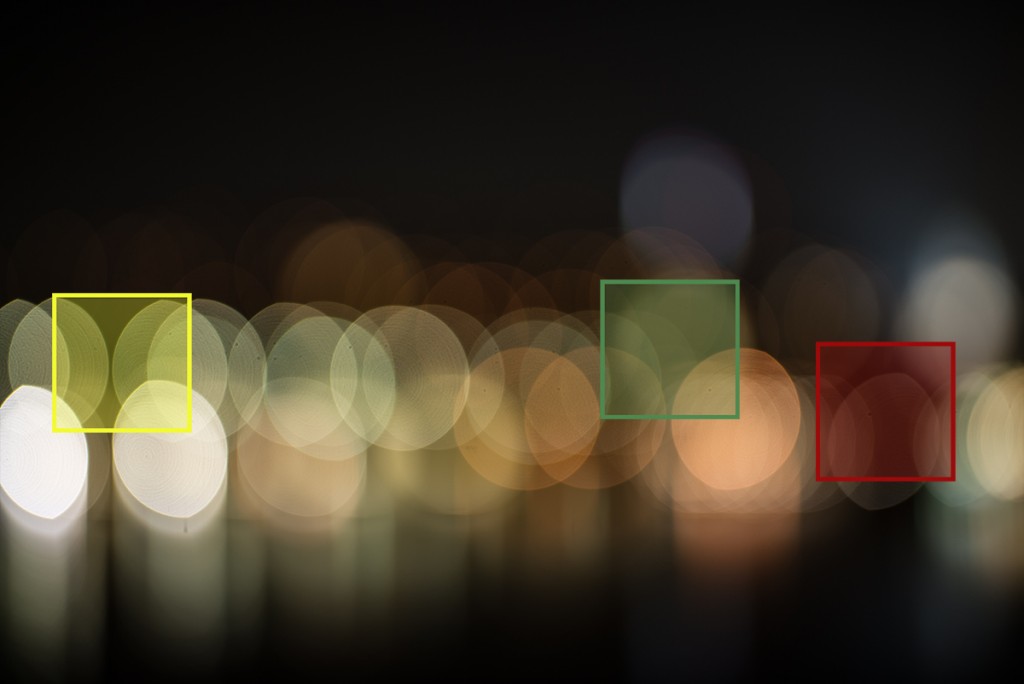
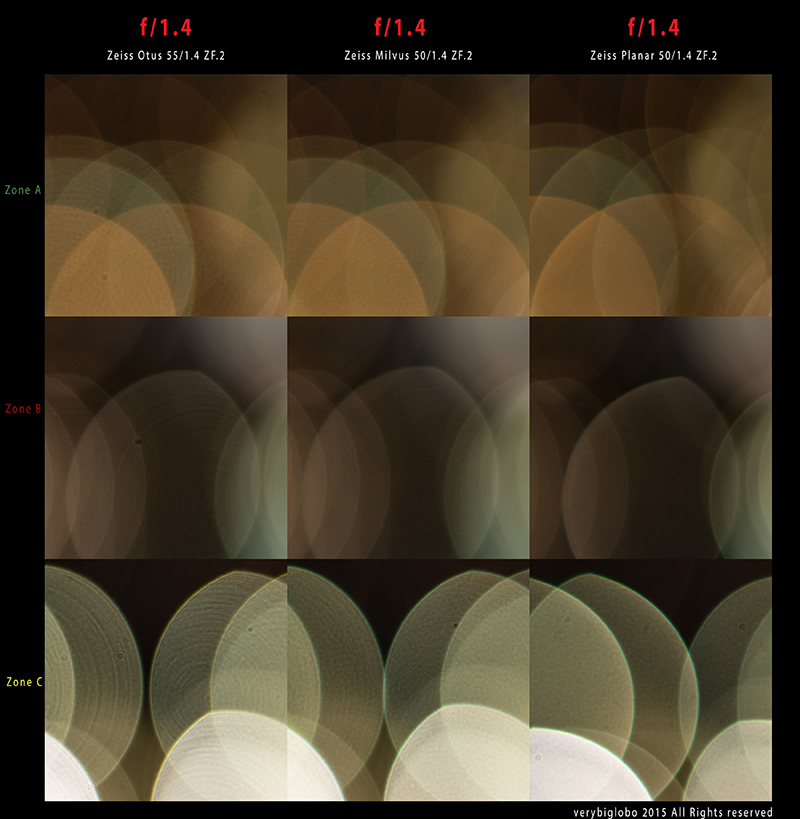
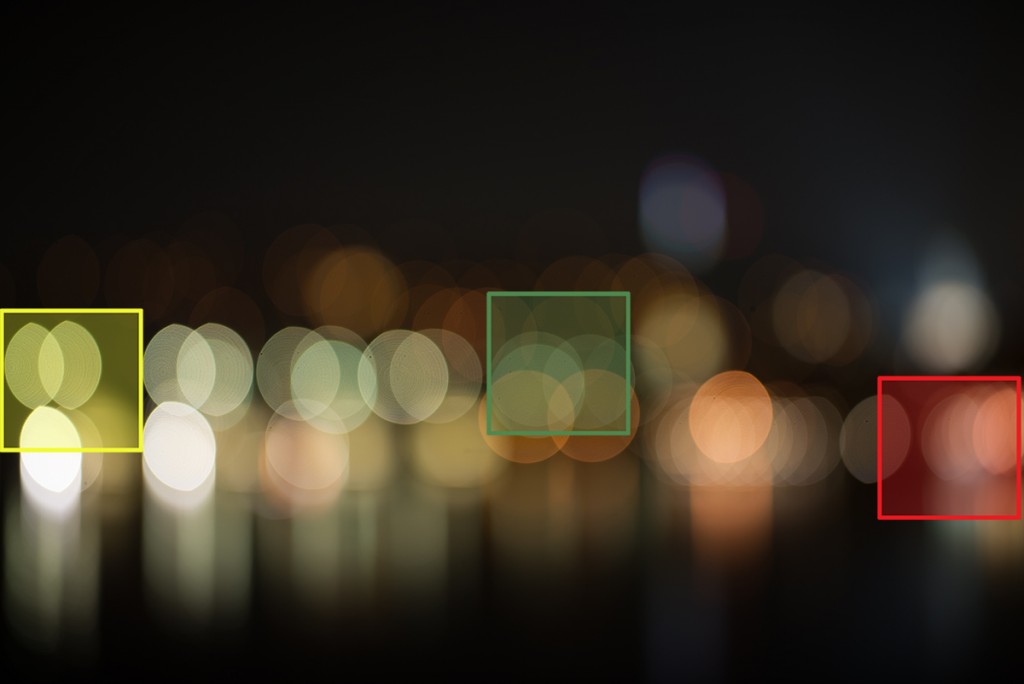
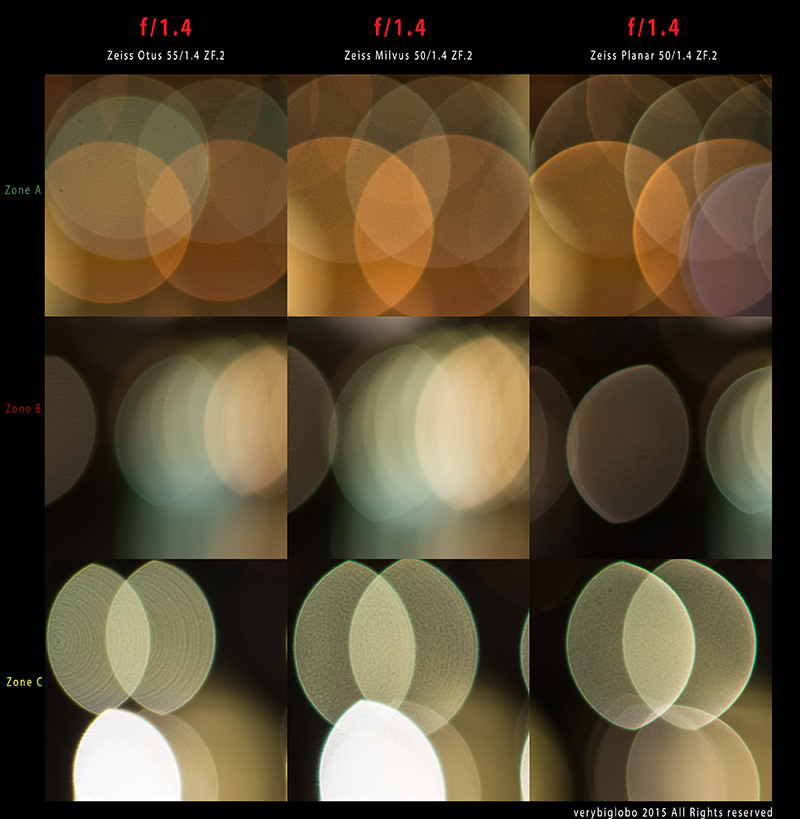
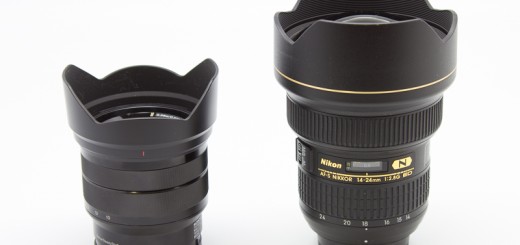
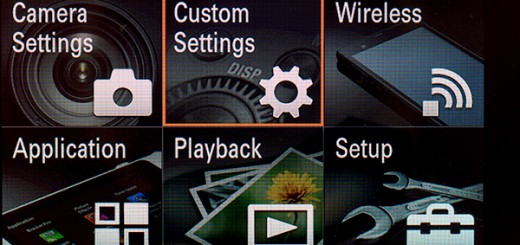
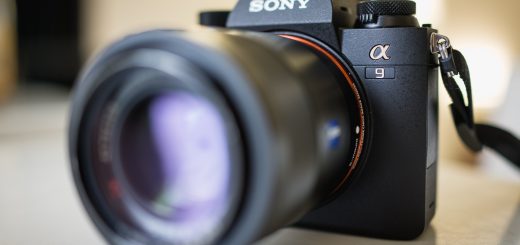











regarding the manual focusing. I recently tried the Zeiss 85mm f/1.4 Milvus with the new D5 and I think that the the smaller focus points may make it possible to manual focus with the lens. Unfortunately, I did have a few issues, for some reason the focus point wasn’t visible for some reason on the D5, when manually focusing, I was told that the camera didn’t have release firmware. But when I reviewed the shot, it did show where the focus point was placed and the image did look sharp. So fingers crossed it is a big improvement.
Great, let us know how it works for you at full opened aperture, once you manage to fine tune it.
Cheers,
Viktor
I don’t own the D5, so it might be a while, I do want to try it with the D500, to see if the camera will manual focus accurately with the added pixel density of the camera, which will be closer to a D820 (I am guessing it will have more than 36mp).
Where would you put the Zeiss 50mm makro-planar in this equation of Milvus, Otys and classic planar? I see you have done a review of macro 50mm lenses but I believe the classic makro-planar belongs here due to f2 speed and focal length.
Personally I’m impressed that a planar design performs so well wide open at f2 but I don’t know how it compares to the new Milvus. The Otus, I know what to expect as I have 135mm f2 APO.
Hi Nat,
I haven’t compare macro lenses directly, I reviewed Milvus 50/14 and compared it with Otus 55 and Classic Planar 50. Macro Planar 50/2 was optimized for the short distances where it achieves very good resolution figures in the center of the frame. As a most macro lenses it has rather flat focus field and very long focus thread. I don’t know where I will put it in the above mentioned comparison, because I didn’t test it for other usage than product shots (mainly short working distances). I am very happy with the lens for that type of work.
Hope it helps,
Viktor
Thank you for your reply. I guess it’s apples to oranges in a way. People used to compare makro-planar to the f1.4 classic back when there were only two Zeiss 50mm lenses. Nowadays it’s 4 50mm lenses from Zeiss alone not to mention the offerings from third parties such as Tamron Sigma and Nikon already has more than 10 lenses in the 50mm range.
So far I’m happy with 50mm f2 zf as a general purpose lens. Zeiss 25mm f2 is slightly superior with off center resolution and coma (but it is a distagon that has aspherical and anamalous elements ). The 25mm f2 is then trashed by 135mm f2 APO if I attempt a technical comparison and go off-focus and off-axis.
Hi Viktor, so I finally got to test the 85 milvus vs. the loxia side by side. I can’t tell you which is sharper. What I can tell you is that I purchased milvus 85 and it’s on its way – what a gorgeous lens!
Anyway, I’m also thinking of picking up the milvus 50. I understand its optical pros/cons about as well as I can based off your literature/testing (please keep up the great work!), and others.
What I’m curious about is the feel of the focus on the milvus 50. I was concerned about the stiffness on 85 before I got it, but it does not bother me. Is the 50 focus stiffer than the 85?
Hi Micah,
sorry for the late reply. Congrats on your new lens, Milvus 50 has same focus stiffness as 85, don’t worry.
Cheers,
Viktor
thank u very much for this review, i am art photographer and user of 50mm 1.4 planar ZE and love it much
Actually Zeiss lenses aren’t that hard to nail focus with. You need to train first but after that it’s a lot easier.
Don’t trust the red focus point blink, instead look for focus/ae lock in the camera viewfinder.
Hi Gustav and thank you for the opinion. I don’t trust red blinker, but at open apertures, it is very difficult to nail eyeball instead of eyebrows in my experience. Could be just me though…
Cheers,
Viktor